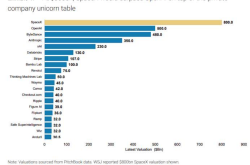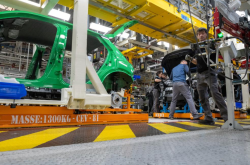The Rise of High-Capacity Phone Batteries: Are Power Banks Becoming Obsolete?
![]() 06/30 2025
06/30 2025
![]() 697
697
Power banks were once an indispensable accessory for smartphones, with many users carrying them around wherever they went. The sheer demand from consumers fueled the profits of accessory manufacturers. However, recent discussions online suggest that the power bank industry may be on the decline. Why is this happening? Recent events have merely served as a catalyst, with the real reason stemming from changes in product design.
One of the primary reasons for the popularity of power banks was the relatively low battery capacity of smartphones. Users often found it challenging to get through an entire day with moderate to heavy usage, and charging on-the-go was not always feasible. Power banks, therefore, became the go-to solution for mid-day battery boosts. However, as phone battery capacities continue to rise, the need for power banks is diminishing.
As domestic smartphone batteries officially reach 8000mAh, the future of power banks looks increasingly uncertain. Earlier reports indicated that several domestic phone makers were testing batteries exceeding 8000mAh, and recent leaks suggest that these high-capacity phones will be launched next year. With proper system optimization, these phones can potentially last up to two days on a single charge. This development is undoubtedly bad news for the power bank industry.
For ordinary users, this shift is a welcome change. It enhances the practicality and cost-effectiveness of smartphones, as users no longer need to invest in power banks. Additionally, with the widespread adoption of fast charging technology, even when batteries are running low, a quick plug-in can restore significant power. With this pain point addressed, the need for related accessories like power banks diminishes.
Some ardent supporters of power banks might argue that they serve multiple purposes, including charging not just phones but also devices like wireless earphones, cameras, and even laptops. While there may still be specific use cases, the trend is clear. As phone batteries exceed 8000mAh, many models will support reverse charging, making them capable of charging earphones and other small devices. Cameras can typically last a full day on a single charge, and laptops are usually powered by direct plugs, further reducing the demand for power banks.
Personally, I believe that once phone batteries reach around 6500mAh, daily charging becomes manageable. Even if the battery runs out, fast charging technologies around 100 watts can quickly replenish a significant amount of power. Overall, the need for power banks is all but obsolete.
I'm curious to know: How long has it been since you last used a power bank in your daily life?






